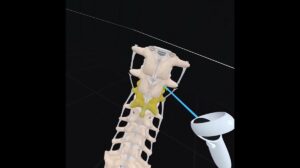NEW YORK (Reuters Health) – Gene expression-based signatures for lung cancer don’t seem any better than currently used prognostic factors at identifying patients who need adjuvant chemotherapy, researchers say.
Dr. Jyothi Subramanian and Dr. Richard Simon of the National Cancer Institute in Bethesda, Maryland, who reviewed 16 studies before coming to this conclusion, say most of the studies they evaluated did not even address existing risk factors.
The benefit of adjuvant chemotherapy after resection for patients with stage 1 non-small cell lung cancers (NSCLC) “remains controversial,” the researchers write in a March 16th online publication in the Journal of the National Cancer Institute.
For stage 1A, they note, National Comprehensive Cancer Network (NCCN) guidelines list several risk factors, but high relapse rates even with early disease have driven a search for more accurate prognostic factors.
Early studies comparing gene expression profiles and patient survival in NSCLC were intended to guide molecular classification of these tumors, the researchers note, and several investigators have since looked for prognostic signatures in gene expression patterns from tumor tissue samples. To investigate how close we are to the goal of identifying expression signatures that will improve treatment, Dr. Subramanian and Dr. Simon reviewed 16 studies published between 2002 and 2009.
They found “serious problems” with many of the studies. For example, just seven used completeness of resection — considered by the NCCN to be the most important prognostic factor after disease stage — in their criteria for patient selection. “Most of the studies reviewed were based on the use of a convenience sample of patients for whom tissue was available, with limited attention to either patient selection or the collection of important information about them to address specific questions of therapeutic decision making,” the researchers say.
They also report that none of the studies showed any benefit for gene expression signatures over and above easily obtainable clinical information now in use.
“We hope that future research in this important field will strive to move away from being another exercise in clinical correlation to one that truly makes an impact on widespread medical practice,” the authors conclude.
References:
J Natl Cancer Inst 2010;102:1-11.




